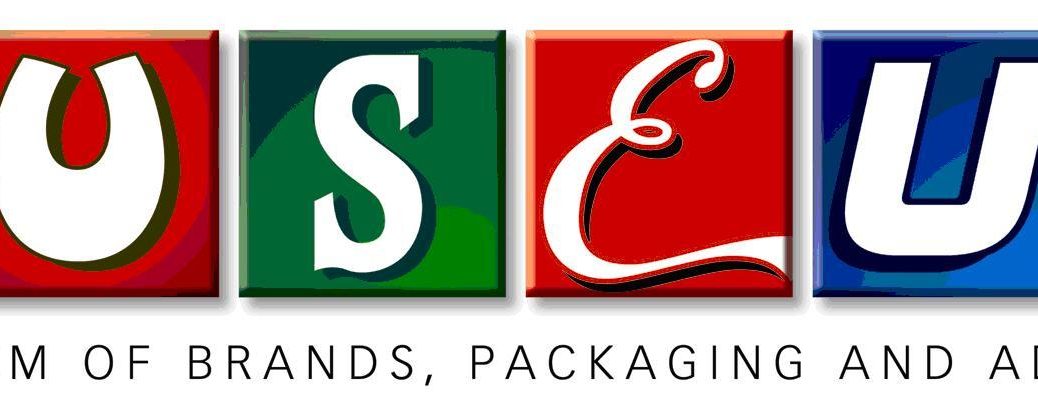
The (w)hole story?
The launch party for my book took place this week at the fabulous Museum of Brands in Notting Hill. As we were setting up I noticed a face I recognised. It was Robert Opie whose packaging collection is the backbone of the museum.
Naturally we got talking about brands and the stories behind them, and one we touched on was the story of American brand Lifesavers and how it pre-dates the British Polo brand. I had already drafted a story around it for what I hope will be a second volume of brand stories but thought I might give you a sneak preview and share it now…

The (W)Hole Story?

Clarence Crane had a problem. He was a chocolate maker and a good one, but in the summer his business fell away. It was the early part of the 20th Century and he found it hard to transport and keep his chocolate in good condition without it melting in the hot summer months in Garrettsville, Ohio.
He decided to try and develop some ‘summer candy’ and fixed on the idea of peppermint candies. Now at that time most of the mints available came from Europe and they were square in shape. However one day when buying bottles of flavouring in a drug store, he noticed a pharmacist using a pill-making machine. It was operated by hand and made round, flat pills.
Crane had an idea, he could use the machine to make his mints. Then he had what was perhaps an even more important idea and decided to punch a small hole in the middle of each mint.
The distinctive shape was to lead not only to a memorable advertising line “The candy with the hole”, but gave the brand its name – “Crane’s Peppermint LifeSavers”*. Ring-shaped, predominately-white life-preservers were increasingly to be used on ships and the similarity was apparent to all immediately. Crane registered the trademark.
In 1913 however Crane made what perhaps turned out to be a poor decision and sold the recipe to LifeSavers to Edward John Noble for only $2,900.
Noble founded his own company The Life Savers and Candy Company in 1913 and selling his mints known as Pep-O-Mint Life Savers.
His first move was to try and improve product quality and so replaced the cardboard rolls used as packaging with tin-foil wrappers to keep the mints fresh. This process was done by hand until 1919 when machinery was developed by Edward’s brother, Robert streamlined the process.
Ahead of his time, the brothers recognised the power of what we today would call ‘impulse purchasing’ and encouraged restaurants and grocery stores to have Life Savers displays next to the cash registers of restaurants and grocery stores.
Again with great insight and an intuitive understanding of what today we might call ‘behavioural economics’, they also trained the owners of these establishments to always give customers a nickel in their change. LifeSavers cost a nickel at the time and this clever move both so encouraged and facilitated their easy purchase.
The third strand of their ambitious growth plan was to introduce a variety of different flavours. By 1919, six other flavours – Wint-O-Green, Cl-O-ve, Lic-O-Riche, Cinn-O-Mon, Vi-O-Let and Choc-O-Late had been developed.
Another unexpected factor came into play in 1919 which was to boost sales even further. The 1919 approval of the 18th Amendment, the National Prohibition Act, banned the sale of alcohol in the United States. Alcohol went underground and the foresight of placing breath freshening Pep-O-Mint LifeSavers near cash-registers gave the brand its unexpected lift as they became a means of disguising any consumption of illicit booze.